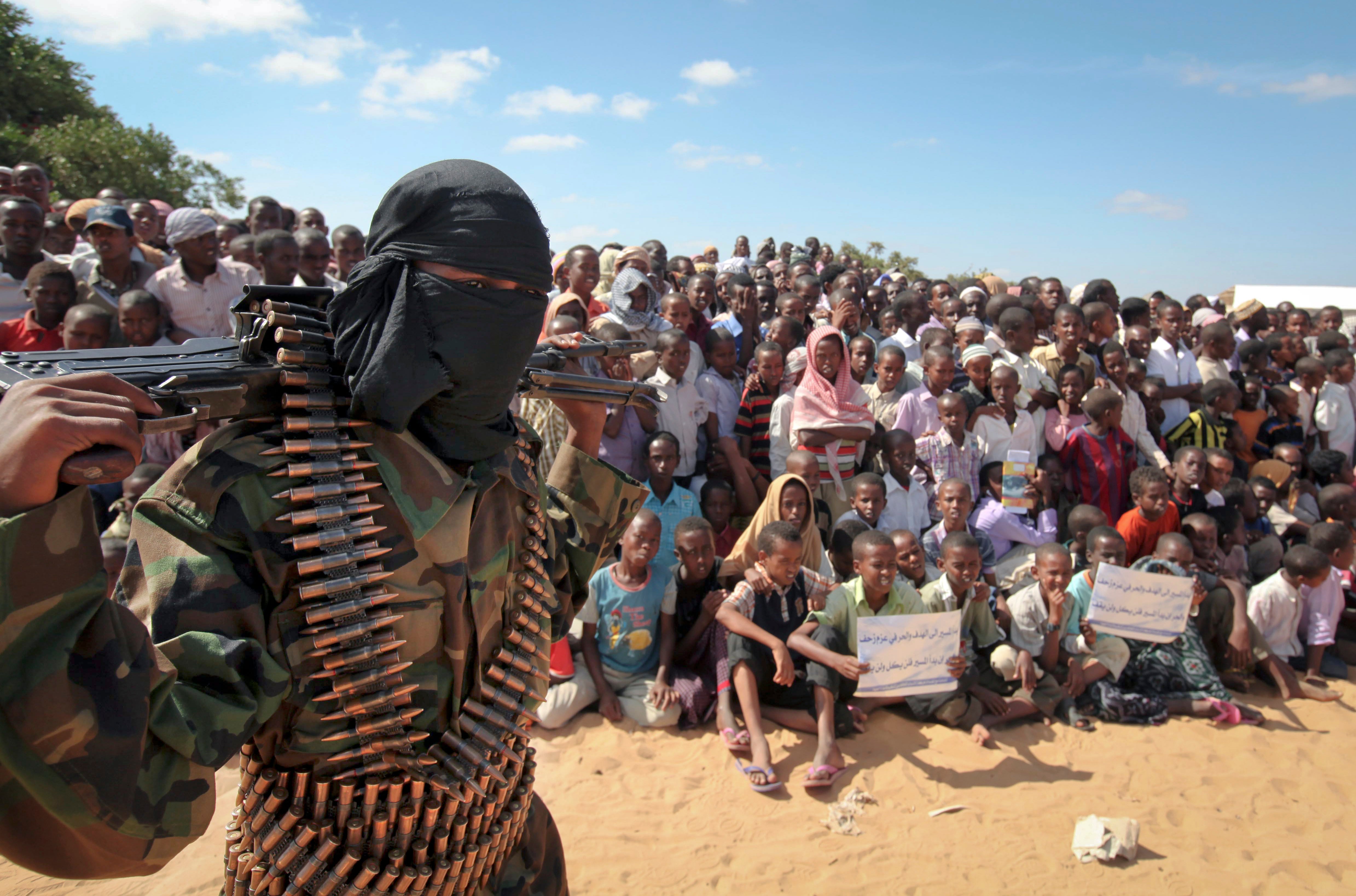With concerns that al-Shabab is a growing threat to the U.S. and its interests, U.S. Africa Command is increasing the pace of strikes in Somalia.
There have been 26 strikes in Somalia so far this year. Navy Lt. Christina Gibson, a spokeswoman for AFRICOM, told Military Times that the current pace of strikes “lightly exceeds last year’s pace."
Between January and March of 2019 AFRICOM carried out 28 strikes.
On Tuesday, Army Gen. Stephen J. Townsend, the commander of U.S. Africa Command, told Voice of America reporter Carla Babb that the Shabab threat has increased.
“I would say that the threat is higher, has been higher in the last few months than it was eight months ago when I first got to AFRICOM. That’s exactly why you’ve seen this increase in strike activity,” Townsend told VOA.
American warplanes are pummeling al-Shabab following a brazen raid on the Manda Bay, Kenya, airfield in January and an attack on the Baledogle air base in Somalia, which houses American commandos.
Three Americans were killed in the Manda Bay attack including a U.S. soldier. Marine Raiders whisked to the airfield beat back the attackers in an intense gun battle. The Pentagon has since decided to beef up security around the base.
Over the last several years the U.S. has steadily increased its air campaign targeting Shabab — suggesting the group is on the rise and worrying military commanders the Islamic militants may pose a significant threat outside of Somalia and the Horn of Africa.
RELATED

During a House Armed Services Committee Hearing on Capitol Hill Tuesday, Townsend warned that Shabab poses a “significant threat to American interests in the region," and if “left unchecked” Shabab “would manifest into an international threat.”
In 2019, American warplanes launched 63 airstrikes. Air Force Maj. Karl Wiest, a spokesman for AFRICOM, told Military Times the airstrike totals in 2019 was a record for the command. Only 47 strikes were carried out in 2018.
Strikes in 2020 have already taken out a key leader responsible for the the Manda Bay raid.
Bashir Mohamed Mahamoud, a senior al-Shabab leader suspected of involvement in the attack on U.S. and Kenyan forces in Manda Bay, Kenya, was killed in a late February airstrike in Somalia, according to AFRICOM.

Mahamoud, also known as Bashir Qoorgaab, was a member of al-Shabab for more than a decade and had coordinated al-Qaida activity within Somalia, according to the U.S. State Department, which had offered up to a $5 million reward for information leading to his capture. AFRICOM officials believe he was involved in terrorist plots within Somalia and neighboring Kenya.
But airstrikes are not the only way the U.S. is keeping pressure on Shabab, according to Gibson.
“U.S. military activities in Somalia include remote or accompanied advise and assist missions, the building, training, and equipping of Somali combat units, and when necessary, kinetic action,” Gibson said.
Townsend told lawmakers Tuesday that “al-Shabaab is the largest and most connectedly violent arm of al Qaeda. And they are a serious threat to not only the Somali people, but the entire region.”
“We continue to relentlessly pursue this enemy,” Gibson said.
Shawn Snow is the senior reporter for Marine Corps Times and a Marine Corps veteran.




